Phone Becomes Your Weapon If Spells Aren’t Equipped
Phone becomes your weapon if spells aren’t equipped

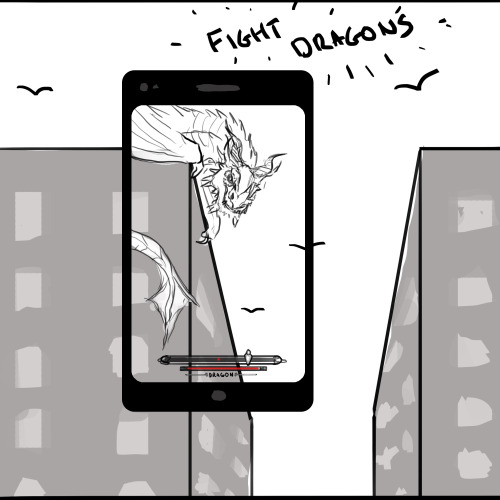


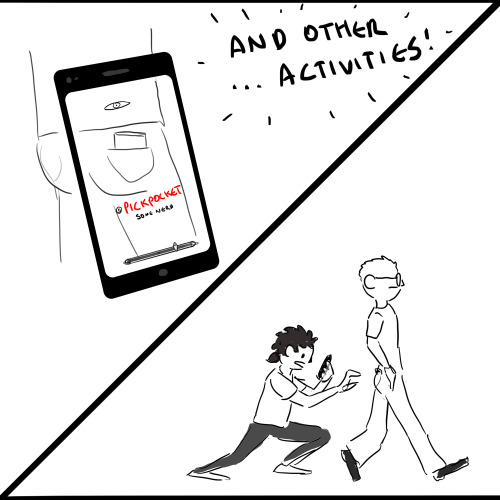
no cheese shop would be safe
More Posts from Stubborn-turtle-blog and Others

When astronomy honour’s student Michelle Kunimoto graduates on Monday, she’ll do so already holding the honour of being a galactic pioneer with distinction.
The 22-year-old University of British Columbia undergraduate has discovered four new planets in the Cygnus (Swan) constellation, known as “exoplanets” because they’re outside our solar system.
“I got interested in exoplanets from Star Trek,” she told Metro in an interview in UBC’s physics department. “The whole theme of Star Trek, curiosity and exploration, is really important for the long, long, long term. We want to answer the age-old question: Are we alone?”
She spent months poring through 400 different data samples from the Kepler space telescope, which captures the curves of light from distant stars. Sudden dips in their light can correspond to planets passing in front of them.
Kunimoto likened her method to trying to hear one quiet voice in a crowded room full of loud talkers. But when she first noticed the faint but tell-tale dip, she didn’t allow herself get excited.
“I had to be very careful,” she explained. “I ran them through a lot of tests, but the more tests I ran, the more confident I felt.
“When they all passed the right tests, and I had these four planets remaining, that was really exciting!”
The planet she’s most enthusiastic about is called Kepler Object Of Interest 408.05, which she nicknamed “Warm Neptune,” because it’s roughly the size of its namesake planet, but is within the distance needed for the warm, Earth-like atmosphere needed to host life. It’s 3,200 light years from Earth.
Technically, what she found are still considered “planet candidates” until they can be independently confirmed, but for her UBC supervisor the results are clear.
“It’s rare that you have that ‘Eureka!’ moment any more,” astronomy professor Jaymie Matthews told Metro proudly. “Michelle’s discovery was time-consuming, and she’s done this for only 400 out of 150,000 light curves.”
But will Kunimoto’s “Warm Neptune” — located within what Matthews dubbed the “Goldilocks” zone of planets that are neither too hot nor too cold to support life — potentially be home to intelligent life?
“You can bet that once the results are confirmed and more widely disseminated, the Search for Extraterrestrial Intelligence Institute will put KOI-408.05 on their list of higher-priority targets to monitor,” Matthews said. “If there is life and signals we could eavesdrop on, these are the places they’d be coming from.”
On Saturday, Kunimoto got a shout-out before a large UBC audience from Star Trek star William Shatner, who praised her discoveries on stage. “I was really honoured!” she said. “That was completely unexpected, my face was going red.”

"We have set a clear goal vital to the next chapter of America's story in space," writes the President, "sending humans to Mars by the 2030s and returning them safely to Earth."
Let’s go next Space Race



Chlorosulfonation of an imidazole derivative with chlorosulfonic acid.
Why is this a special thing? Chlorosulfonic acid reacts with water explosively forming sulfuric acid and hydrogen chloride. So when I added 200 g of a compound to 500 cm3 of chlorosulfonic acid, a highly exothermic reaction happened and immediately and a highly acidic fog formed in the flask as the reactants contacted each other.
Important note when working with chlorosulfonic acid: NEVER WASH ANYTHING WITH WATER WHAT CONTAINS A RANDOM LIQUID, since if its chlorosulfonic acid, it could blow a highly acidic solution on your labcoat/hands/face. And always pour chlorosulfonic acid and reaction mixtures that contain this chemical on large excess of cracked ice to avoid serious problems.
P.S.: always wear proper PPE.
Squishy physics!
How physicists see other fields:
Biology: squishy physics
Geology: slow physics
Computer Science: virtual physics
Psychology: people physics
Chemistry: impure physics
Math: physics without units
It's only coming out in German this weekend, but wow this looks cool.
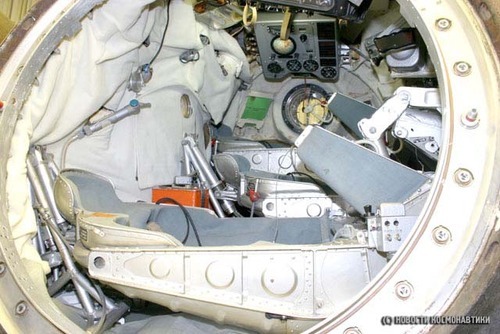
Voskhod-the first multiple-manned mission
Although we now take for granted the long term success of the International Space Station, it wasn’t too long ago that we were totally earthbound. That changed on this day, October 12, 1964 when the Soviet Union launched the Voskhod 1 (Восхо́д), the first manned capsule to carry more than one person into space. The Voskhod program was a proof of concept program to test systems for more ambitious space exploration. The Voskhod program was notable for several firsts: the first multi-person mission to space (Cosmonauts Komarov, Yegorov and Feoktistov in the Voskhod 1) and the first space walk (Belyayev and Leonov in Voskhod 2). The Vostok and Voskhod programs provided the framework for what became the Soyuz program and ultimately the current ISS.
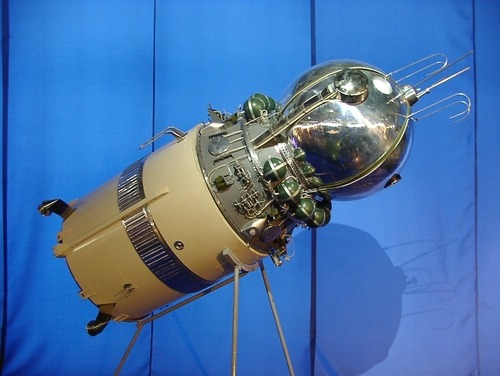
The Russian desire to ‘win’ the Space Race led to many dangerous compromises. The interior of the capsule (shown above) was so cramped that the cosmonauts would not have room for space suits, making the flight extremely dangerous in the event of depressurisation. To insure the engineers paid enough attention to this, head designer Sergei Korolev assigned the lead engineer to fly inside the capsule, therefore motivating him to design the safest capsule possible.

The Russian word Voskhod (Восхо́д) means sunrise and is a combination of the Russian words vos- (from vostok восток) meaning east and xodete (ходить) meaning go or rise.
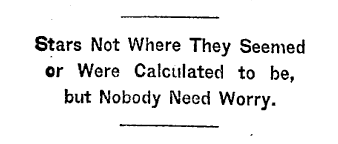
Making a thread to help you educate all the "name one thing women invented" "women can't do science" "what have they ever contributed?" people
































EVERYBODY READ THIS

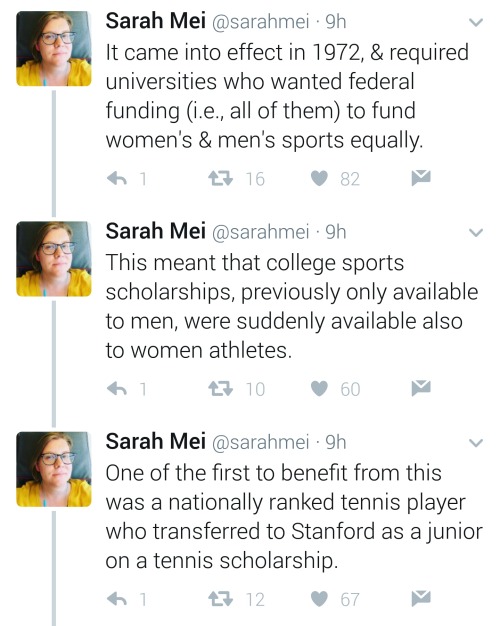
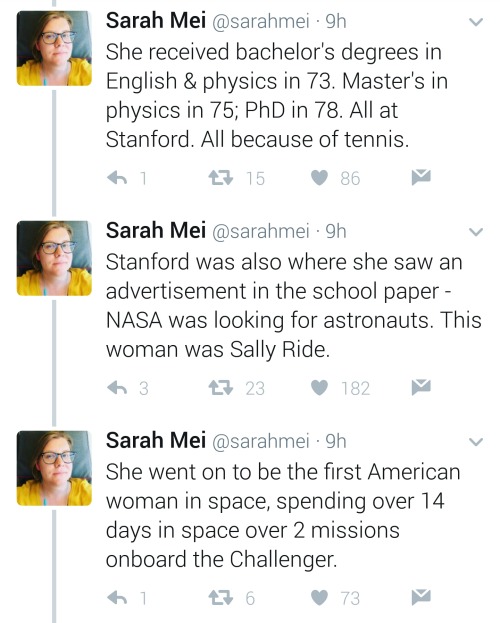
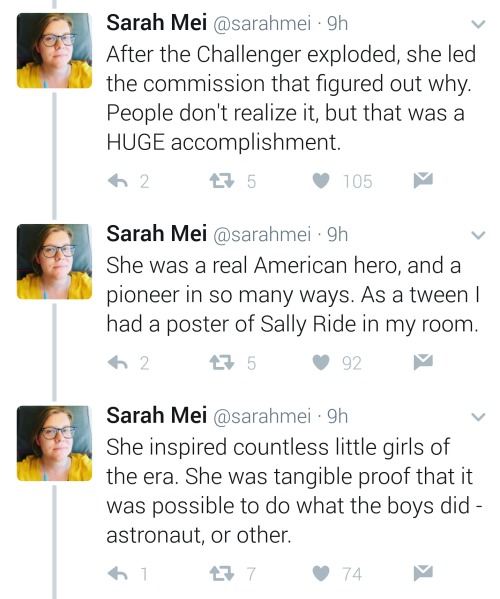
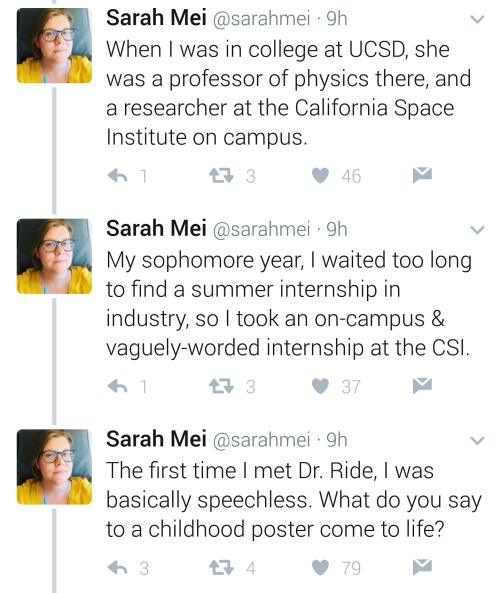
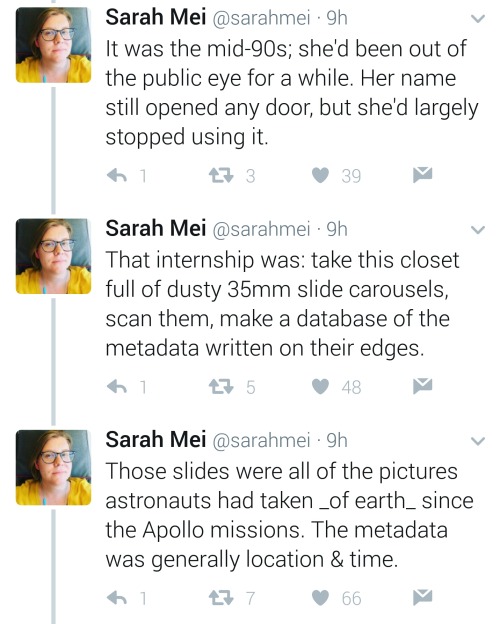
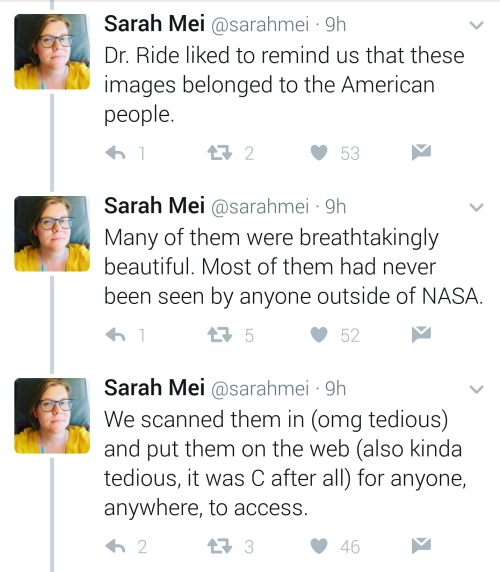
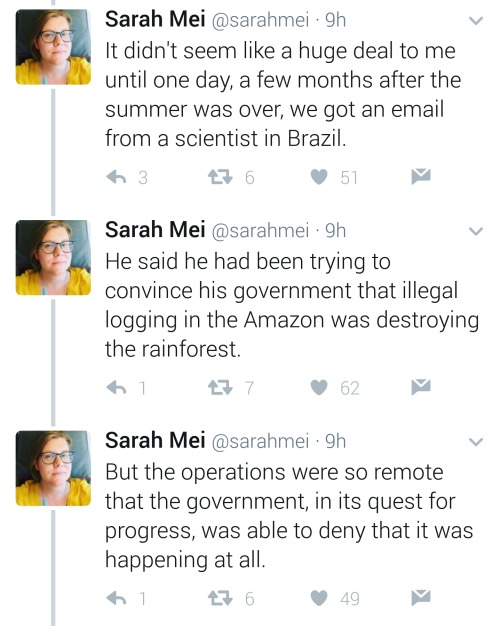
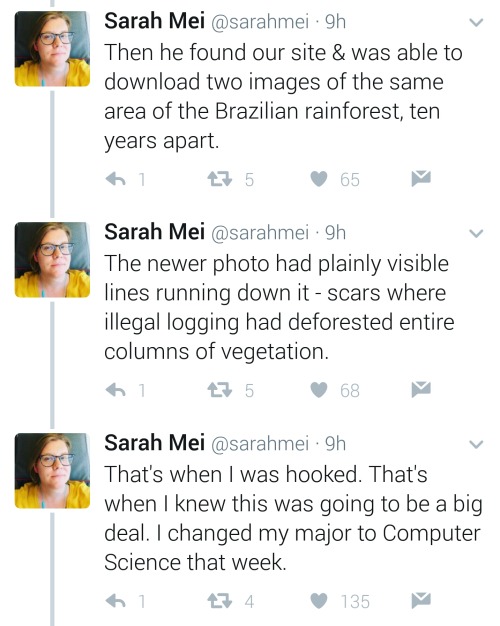
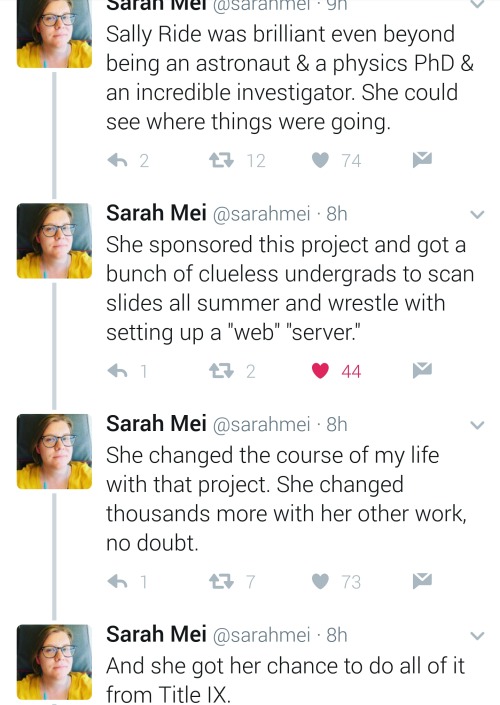
Equal opportunity benefits can be far-reaching
https://twitter.com/sarahmei/status/818682610712866817
-
 haldanare reblogged this · 1 month ago
haldanare reblogged this · 1 month ago -
 yocoolguy liked this · 4 months ago
yocoolguy liked this · 4 months ago -
 haldanare reblogged this · 1 year ago
haldanare reblogged this · 1 year ago -
 zaynmalks liked this · 1 year ago
zaynmalks liked this · 1 year ago -
 kittytime29 liked this · 2 years ago
kittytime29 liked this · 2 years ago -
 orangederpdog reblogged this · 2 years ago
orangederpdog reblogged this · 2 years ago -
 orangederpdog liked this · 2 years ago
orangederpdog liked this · 2 years ago -
 ginkgo-a-go-go liked this · 2 years ago
ginkgo-a-go-go liked this · 2 years ago -
 allthespecificity liked this · 2 years ago
allthespecificity liked this · 2 years ago -
 manygreetingsfriend liked this · 2 years ago
manygreetingsfriend liked this · 2 years ago -
 waitusewhat liked this · 2 years ago
waitusewhat liked this · 2 years ago -
 tomatopersonsstuff liked this · 3 years ago
tomatopersonsstuff liked this · 3 years ago -
 vwolfgang reblogged this · 3 years ago
vwolfgang reblogged this · 3 years ago -
 wolvereaux reblogged this · 3 years ago
wolvereaux reblogged this · 3 years ago -
 kawaiibunny1998 liked this · 3 years ago
kawaiibunny1998 liked this · 3 years ago -
 kirasaysakujo liked this · 3 years ago
kirasaysakujo liked this · 3 years ago -
 girl-friends-world liked this · 3 years ago
girl-friends-world liked this · 3 years ago -
 bluesamurai2000 liked this · 3 years ago
bluesamurai2000 liked this · 3 years ago -
 cluke817 liked this · 3 years ago
cluke817 liked this · 3 years ago -
 link-teilen liked this · 3 years ago
link-teilen liked this · 3 years ago -
 keldeanashinigami123 liked this · 3 years ago
keldeanashinigami123 liked this · 3 years ago -
 infernal-jokesses liked this · 3 years ago
infernal-jokesses liked this · 3 years ago -
 opheliasjournal liked this · 3 years ago
opheliasjournal liked this · 3 years ago -
 bearslitterbox liked this · 3 years ago
bearslitterbox liked this · 3 years ago -
 wolvereaux reblogged this · 3 years ago
wolvereaux reblogged this · 3 years ago -
 artisticbop liked this · 3 years ago
artisticbop liked this · 3 years ago -
 genderambiguousmoth liked this · 3 years ago
genderambiguousmoth liked this · 3 years ago -
 bmarquisnh liked this · 3 years ago
bmarquisnh liked this · 3 years ago -
 tinymitochondrion liked this · 4 years ago
tinymitochondrion liked this · 4 years ago -
 glitterysquidy liked this · 4 years ago
glitterysquidy liked this · 4 years ago -
 magickal-frampt liked this · 4 years ago
magickal-frampt liked this · 4 years ago
Gaming, Science, History, Feminism, and all other manners of geekery. Also a lot of dance
243 posts